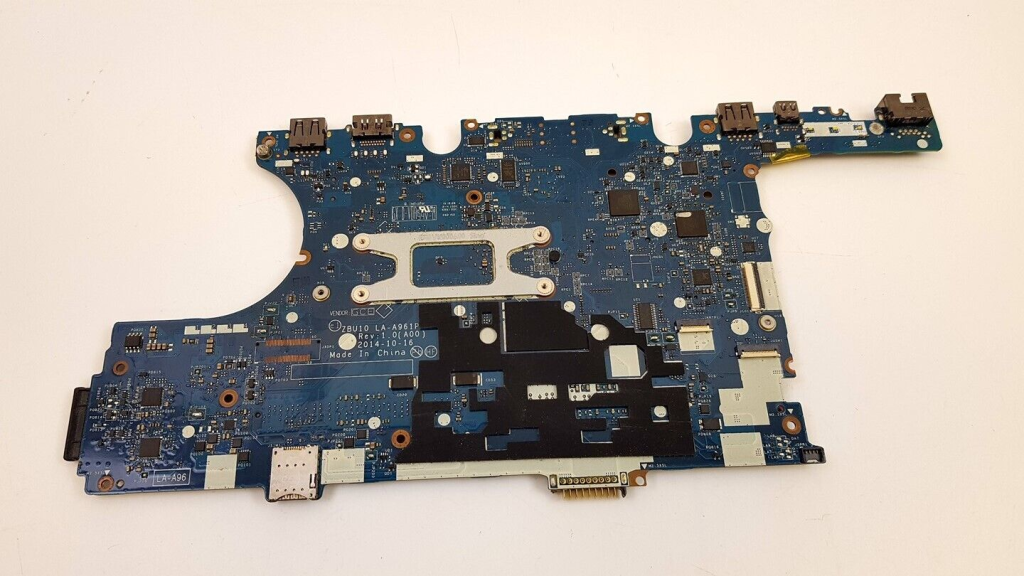The laptop motherboard, frequently called one’s heart of the device, is a wonder of design that orchestrates the symphony of components in just a portable processing device. Offering while the key anxious process, the motherboard represents a critical position in facilitating conversation between the CPU, memory, storage, and different peripherals. Understanding the elaborate design and functionalities of a laptop motherboard is crucial to comprehending the device’s efficiency and capabilities.
The Hub of Connectivity:
At its quality, the laptop motherboard acts while the heart of connection, developing a multitude of parts to make sure easy communication. It accommodates the model outlet, storage slots, growth slots, and ties for peripherals such as for instance USB locations, audio jacks, and screen outputs.
Primary Architecture and Chipsets:
The architectural style of a laptop motherboard is intricately tied to the choice of processors and chipsets. Contemporary notebooks frequently feature integrated design, sound, and network abilities entirely on the motherboard, reducing the necessity for additional expansion cards and contributing to a smaller sized design.
Miniaturization and Compact Design:
The constant quest for miniaturization and effectiveness in notebooks is reflected in the look of the motherboards. Lightweight styles, surface-mounted parts, and custom ties let suppliers to create leaner and lighter notebooks without diminishing performance.
Power Distribution and Administration:
Successful energy distribution and management are important facets of notebook motherboard design. Voltage regulators make sure that the CPU and different components get the appropriate energy levels, optimizing performance while minimizing power consumption. Advanced power management characteristics also donate to improved battery living in lightweight devices.
Incorporated Artwork and GPU Integration:
Many laptops integrate graphics control products (GPUs) right onto the motherboard. That integration improves artwork efficiency for everyday responsibilities and mild gambling without the need for a separate design card, contributing to the laptop’s lightweight kind factor.
Memory Hierarchy:
Notebook motherboards determine the storage hierarchy of the system, determining the kind and quantity of RAM which can be installed. Memory slots on the motherboard straight effect the laptop’s multitasking abilities and overall speed.
Expansion Possibilities:
While notebooks are often less expanding than their desktop counterparts, some motherboards feature growth slots for specific parts such as for example committed artwork cards, extra storage, or other peripherals. These expansion opportunities range on the basis of the laptop’s design and supposed usage.
Diagnostic and Restoration Challenges:
Fixing or replacing parts on a laptop motherboard could be a tough task as a result of compact nature of the device. Surface-mounted parts, proprietary connections, and 09298W supply can create limitations for individuals attempting DIY repairs. Professional professionals equipped with particular instruments in many cases are needed for intricate motherboard repairs.

To conclude, the laptop motherboard stands as a testament to technical advancement, mixing elaborate style, connectivity, and power management to deliver a concise yet effective research experience. As notebooks continue steadily to evolve, so also may the class of their motherboards, shaping the future of lightweight computing.

No Comments